Ask Ethan: Does The Measurement Of The Muon’s Magnetic Moment Break The Standard Model?

Of all the experiments performed and measurements made involving fundamental particles, none has ever violated the Standard Model. Until now.
If there’s one thing you can count on physicists for, it’s to keep an eye out for an anomaly. If something observed or measured is found to differ from what’s been predicted, it will take mere moments for the wheels to start turning. Our picture of the Universe is so solid — with General Relativity and the Standard Model as the rules governing it — than any crack in the foundation has got to be a harbinger of where the next great advance might occur. While most eyes are on dark matter and dark energy, there’s a particle physics mystery that few people are talking about. Well, David Yager wants to talk about it, and asks:
[There’s a notable] difference between theory and experiment [for the muon’s magnetic moment]. Is the fact that the [uncertainties are large] more meaningful than the >3 sigma significance calculation? The Mercury precession must have a very small sigma, but is cited as a big proof of relativity. What is a good measure of significance for new physics results?
Let’s take you inside the story of the muon to find out.
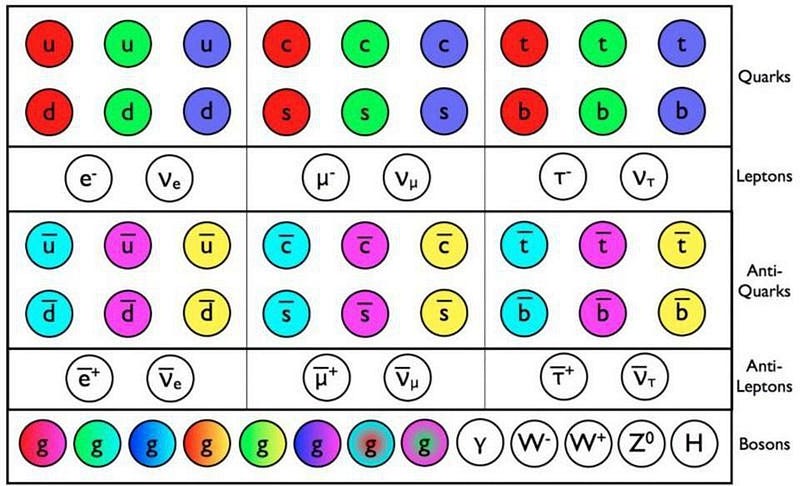
In physics, every fundamental particle has a set of properties that are inherent to them. One of them is mass, which all the quarks and leptons have, as well as some (the W, Z, and Higgs) of the bosons. Another is electric charge; all the quarks have it, but only the electron, muon, and tau have it among the leptons, and only the W particles have it among the bosons.
Another one, that they don’t have, is a magnetic charge. The only magnetic effects come from either the orbital or spin (intrinsic) angular momentum that the electrically charged particles have. Any electric charge that moves inevitably creates a magnetic field, and this is true even for fundamental particles. Even, to within the limits of quantum mechanics, if they’re at rest.
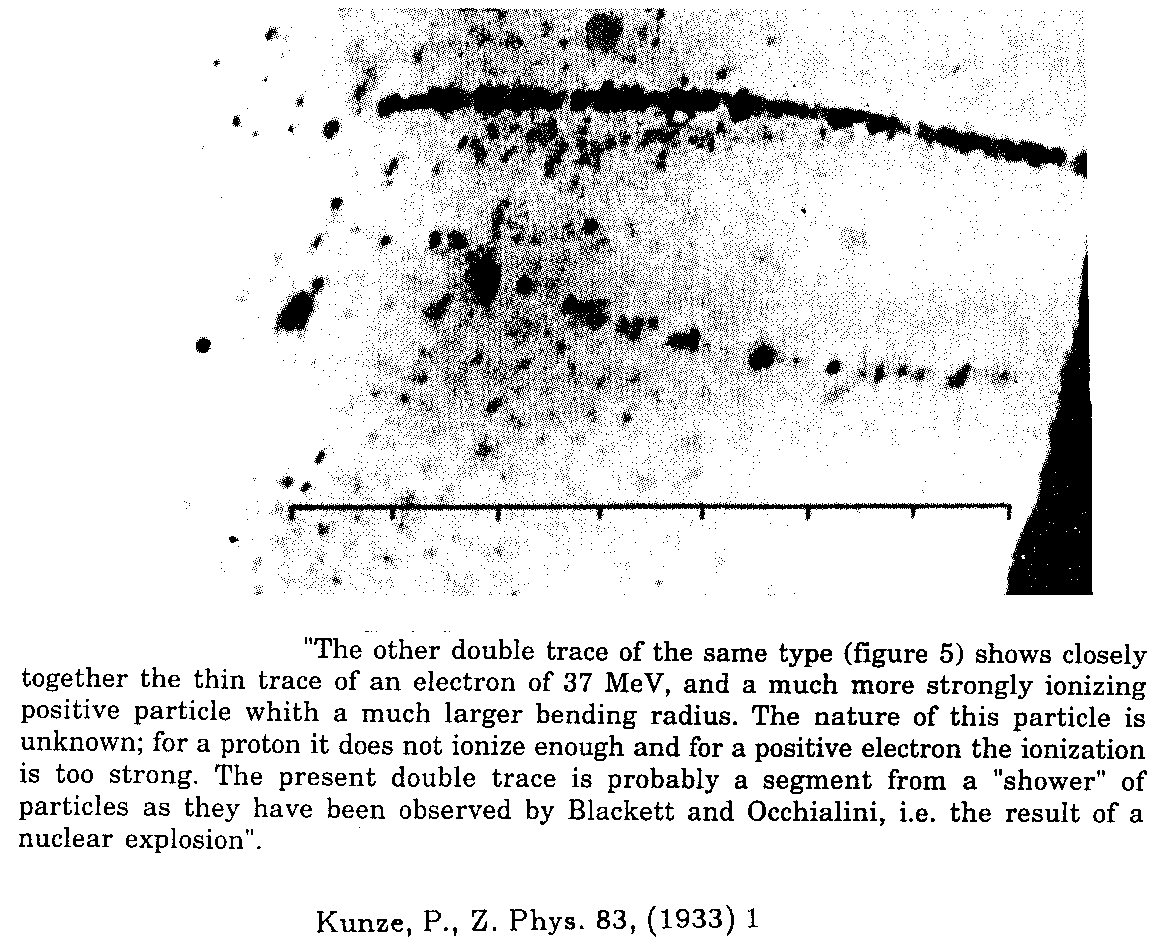
The intrinsic magnetic moment of a fundamental particle, like an electron, is defined by simply four factors:
- the electric charge of the particle (which it’s directly proportional to),
- the spin of the particle (which it’s directly proportional to),
- the mass of the particle (which it’s inversely proportional to),
- and a constant, known as g, which is a purely quantum mechanical effect.
Because the charges, spins, and masses of the elementary particles are known so well, one of the great tests of quantum physics, where experiment and theory collide, is in determining what g is for various fundamental particles.
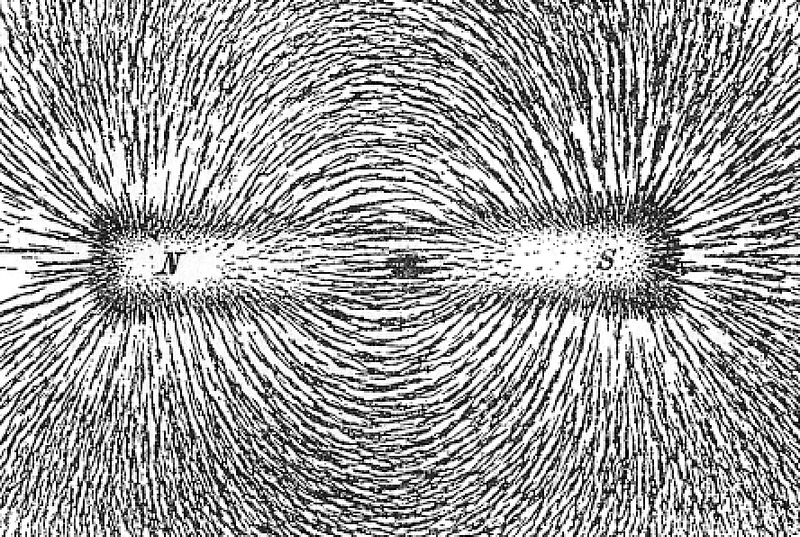
Because it’s a free, fundamental particle that lives relatively long (2.2 microseconds), and because it’s over 200 times as massive as the electron, the muon is the most precise tool for measuring g. Experimentally, scientists have successfully measured g for the muon to incredible precision: 2.0023318418, with an uncertainty of just ±0.0000000012, according to the E821 experiment performed at Brookhaven. An ongoing version of this is currently being performed at Fermilab, with attempts to improve this value even further.
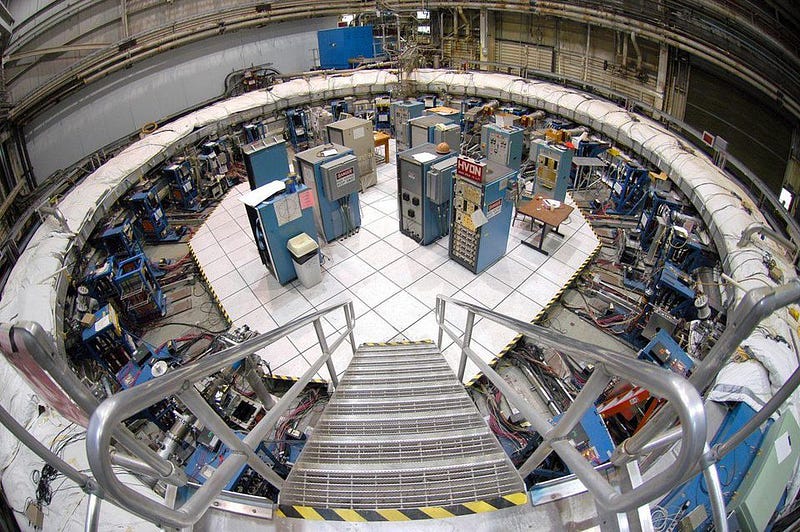
Theoretically, the first prediction for g came from Dirac way back in 1930, when he wrote down the first quantum mechanical equation to describe, in a fully relativistic fashion, the electron. According to Dirac, g = 2. That’s pretty good!
The first improvement on that came when we started calculating the quantum exchange of particles, adding in loop diagrams to basic particle interactions. These quantum mechanical corrections exist in all quantum field theories, such as quantum electrodynamics. The first-order correction stated that g = 2 + α/π, where α is the fine-structure constant: approximately 1/137. This first-order correction to g was calculated in 1948 by Nobel Laureate Julian Schwinger, who was so proud of it that it’s engraved on his tombstone.
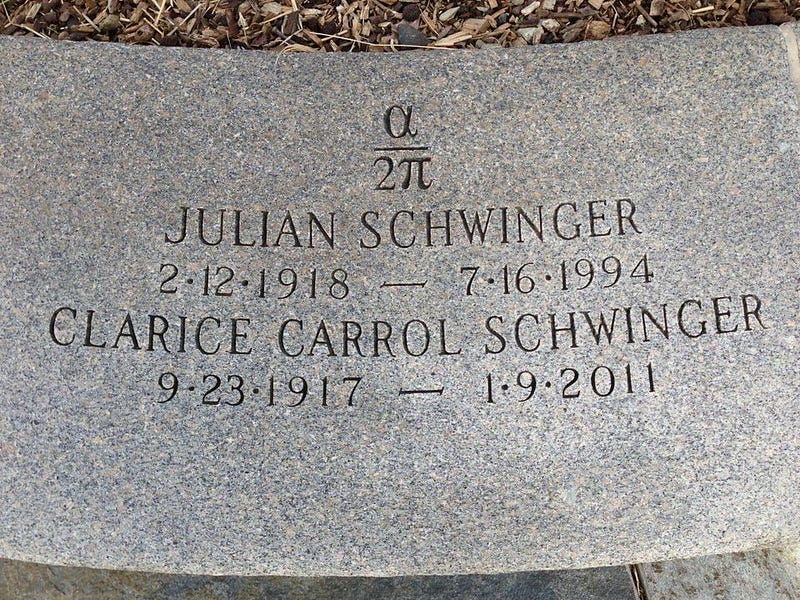
Since then, theoretical calculations have gone out to higher and higher orders, attempting to improve this value and catch up to experiments, which have been far ahead of theory since the early days of CERN in the 1970s. As of today, the value is known to fifth-order, which means all of the (α/π) terms are known, as are the (α/π)², (α/π)³, (α/π)⁴, and (α/π)⁵ terms. Any additional corrections are of order (α/π)⁶ or higher; that’s where the theoretical uncertainties lie.
The best results from theory indicate that g = 2.00233183608, with an uncertainty of ±0.00000000102. Which, you may note, differs from the experimental value, and falls outside the uncertainties.
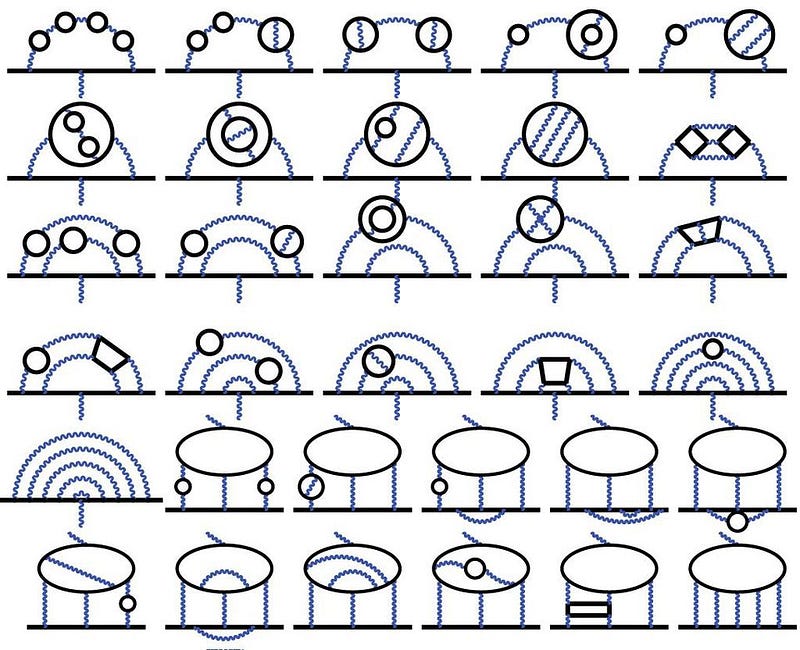
The difference between g from experiment and theory are very, very small: 0.0000000058, with a combined uncertainty of ±0.0000000016, meaning that there is a 3.5-sigma difference there. These two values should align, and if they don’t, even at this tiny level where we muck about in the 9th significant digit, it could be a sign of new physics. People who study g, or as it’s better known in the community, g – 2, are doing so because signs of new physics is exactly what they’re hoping to find. 5-sigma is the gold standard for significance to announce a discovery in particle physics, and it sure looks like improvements in both theory and experiment are bringing us closer to that critical threshold.

But there’s another option to new physics. It could be that there’s an additional physical effect that’s real, important, skewing the experimental value, and has been unaccounted for up until now. In January of 2018, three scientists — Takahiro Morishima, Toshifumi Futamase, and Hirohiko M. Shimizu — did a calculation that showed an incredibly subtle effect could be biasing these experimental results: the curvature of the background spacetime due to Earth’s gravity! According to their contentions:
The gravitationally induced anomaly is found to be canceled in the experimental values of the anomalous magnetic moment measured in the Penning trap and storage ring methods.
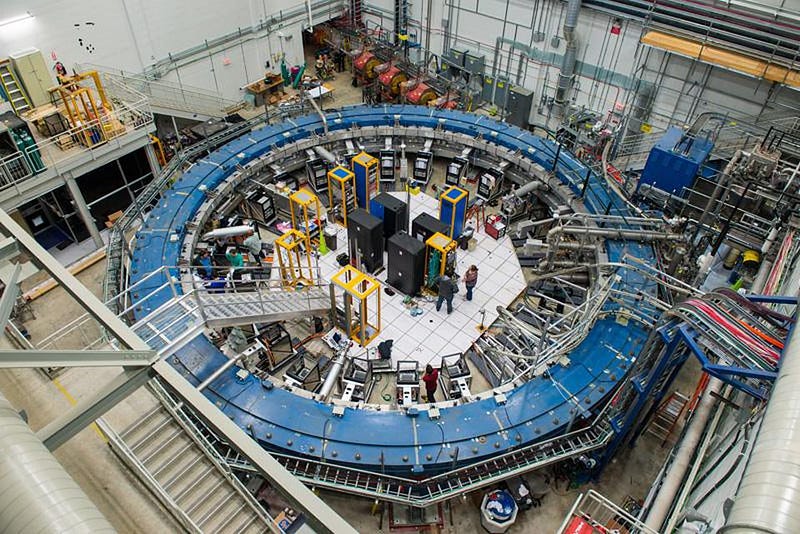
In other words, the reason theoretical and experimental values aren’t aligning might not be because there’s new physics, new particles, or new couplings out there. It could be because we’ve finally hit the level in our precision where the gravitational effects of Earth, bending the spacetime where these experiments are being performed, is large enough to affect the results. According to the Japanese team, if we account for relativity, the discrepancy vanishes.
(Not everyone agrees, however. Matt Visser rebutted the team’s calculations in a paper in February, as did Hrvoje Nikolic. As of September, however, the Japanese team’s results have been peer-reviewed and published, while Visser’s and Nikolic’s have not.)
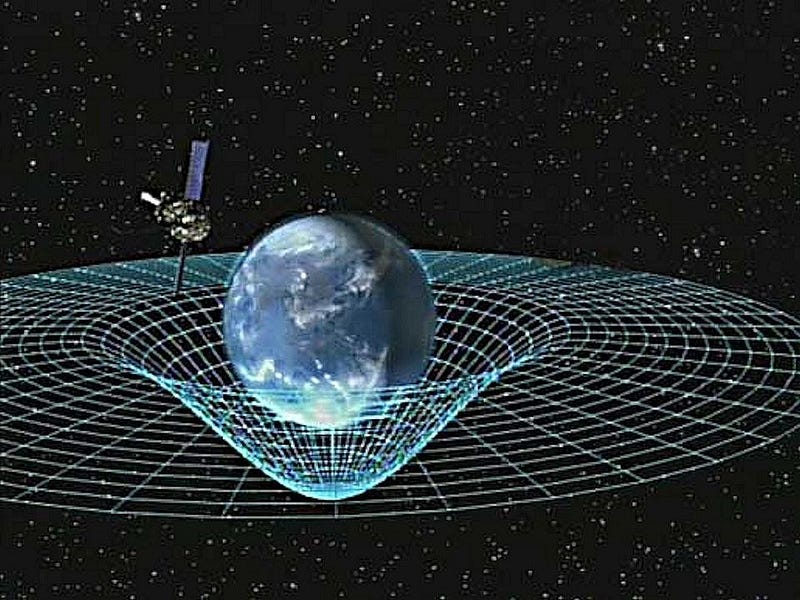
Whenever theory and experiment differ, there are three possibilities you have to consider. The first one is the most alluring: that there’s a new physical phenomenon out there, and you’ve just discovered the first hint of it. It could be a new particle, a new field, a new interaction, or some other scientific surprise, possibly worthy of revolutionizing how we understand nature. The second one is mundane: that either theorists or experimentalists have made an error. But the third possibility is likely what’s at play here: that there’s an effect from a known physical cause that’s at the heart of this discrepancy, and we haven’t thought to include it until now. If gravitation truly explains the muon’s magnetic moment anomaly, it’s back to square one. The Standard Model, victorious in every particle-based experiment thus far, will win yet again.
Send in your Ask Ethan questions to startswithabang at gmail dot com!
Ethan Siegel is the author of Beyond the Galaxy and Treknology. You can pre-order his third book, currently in development: the Encyclopaedia Cosmologica.



